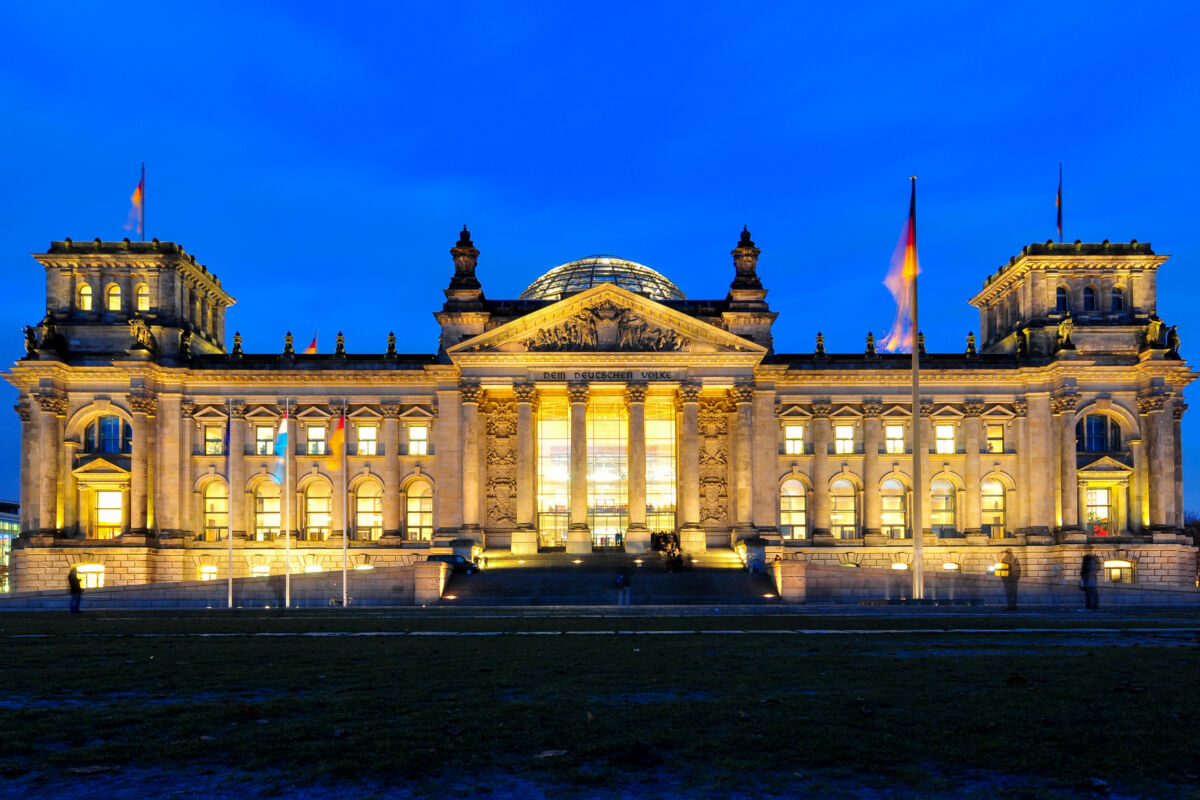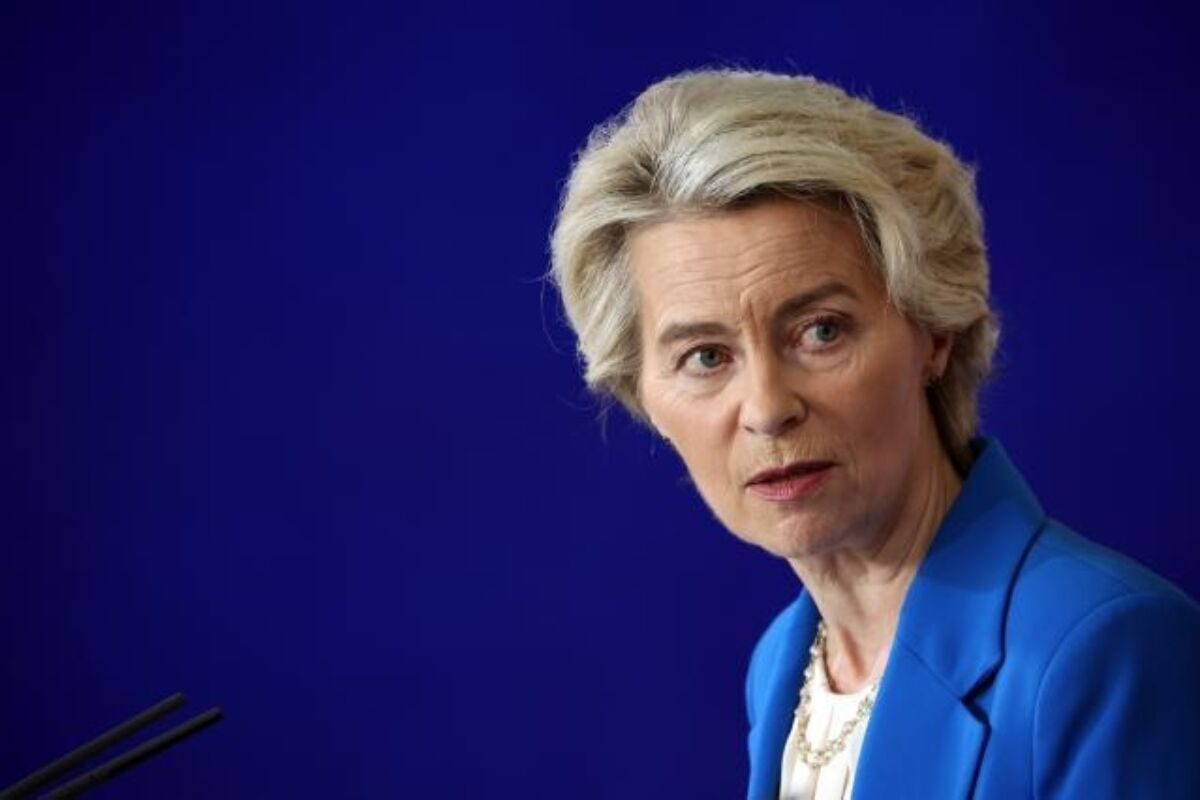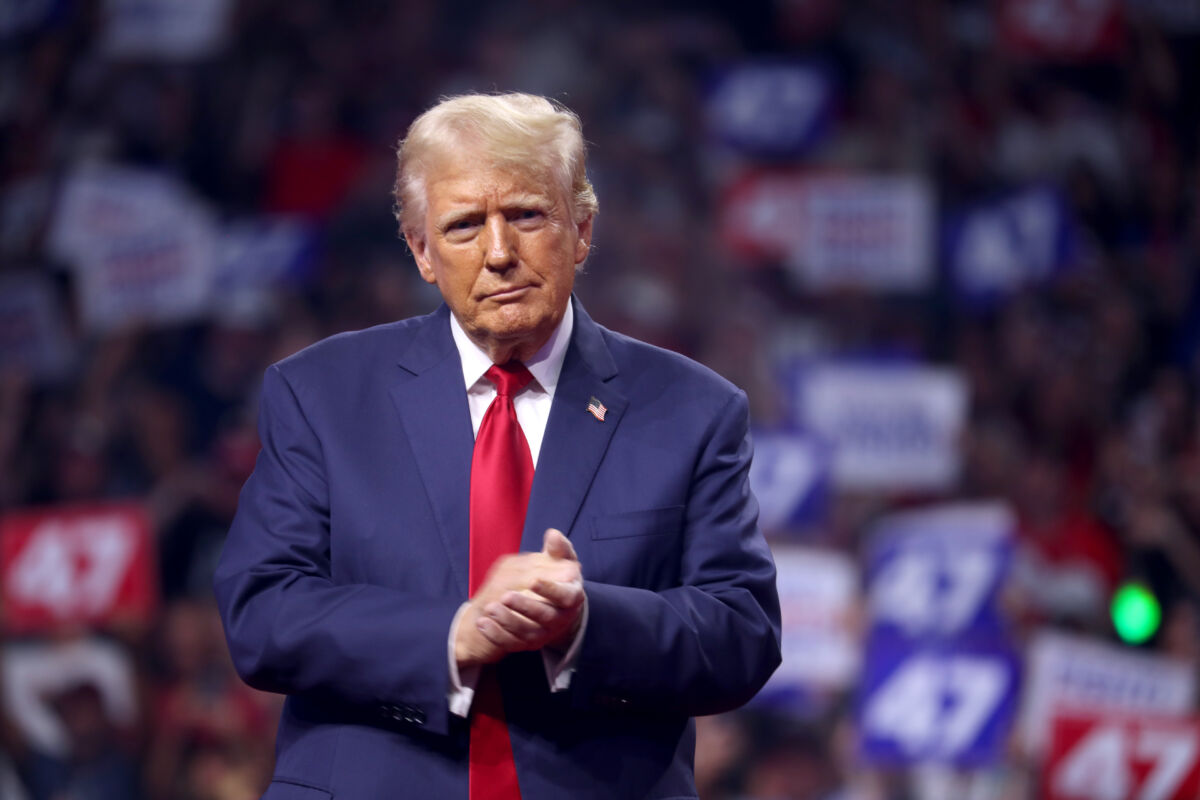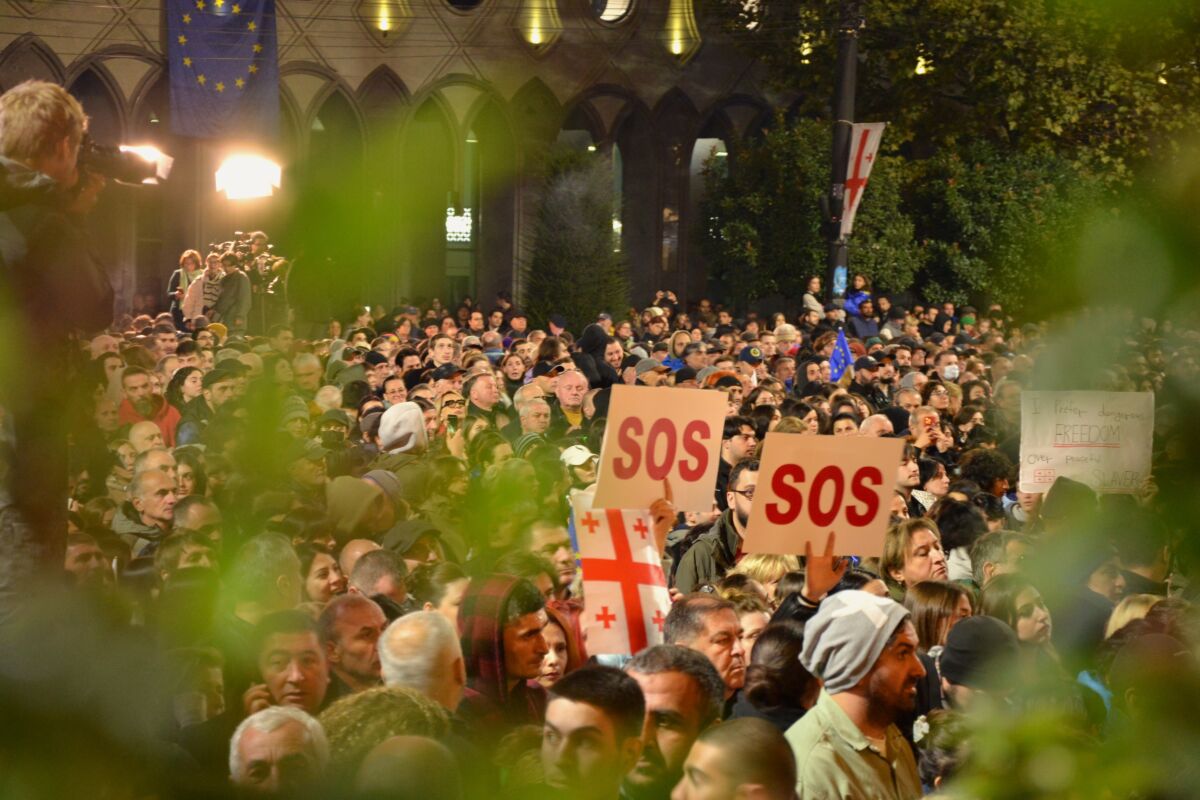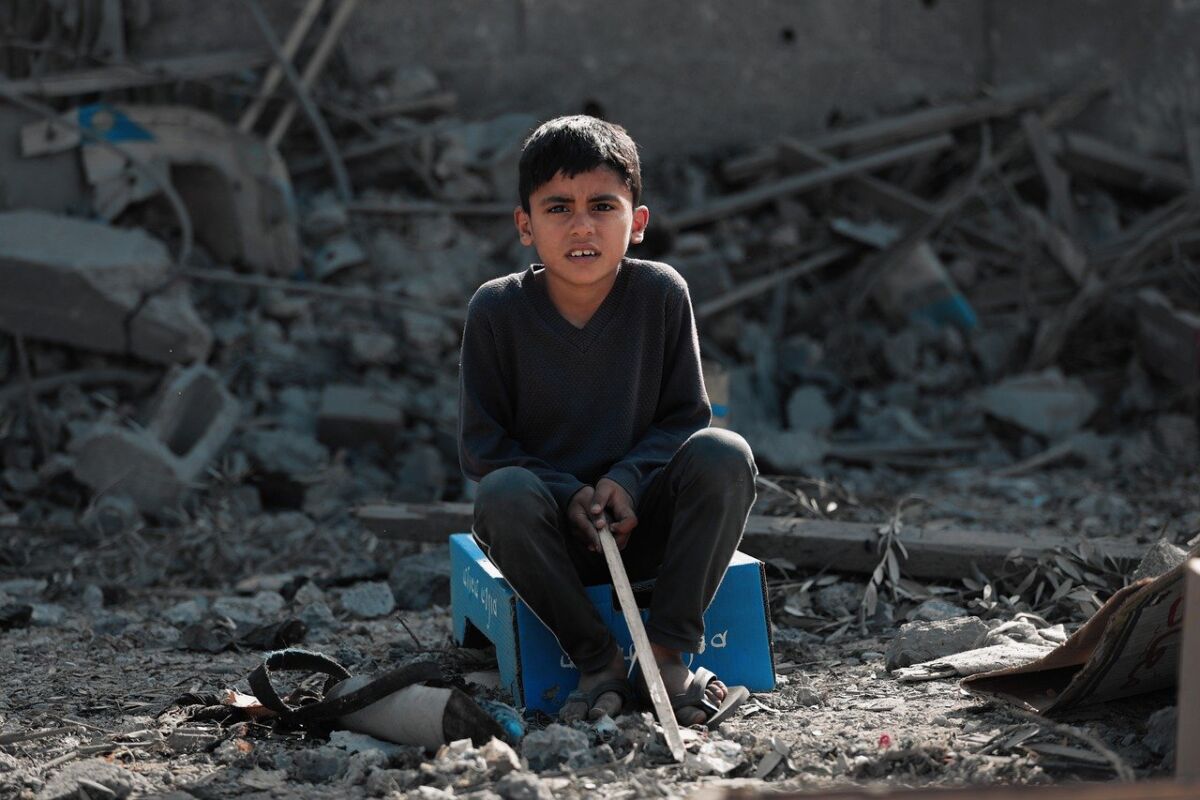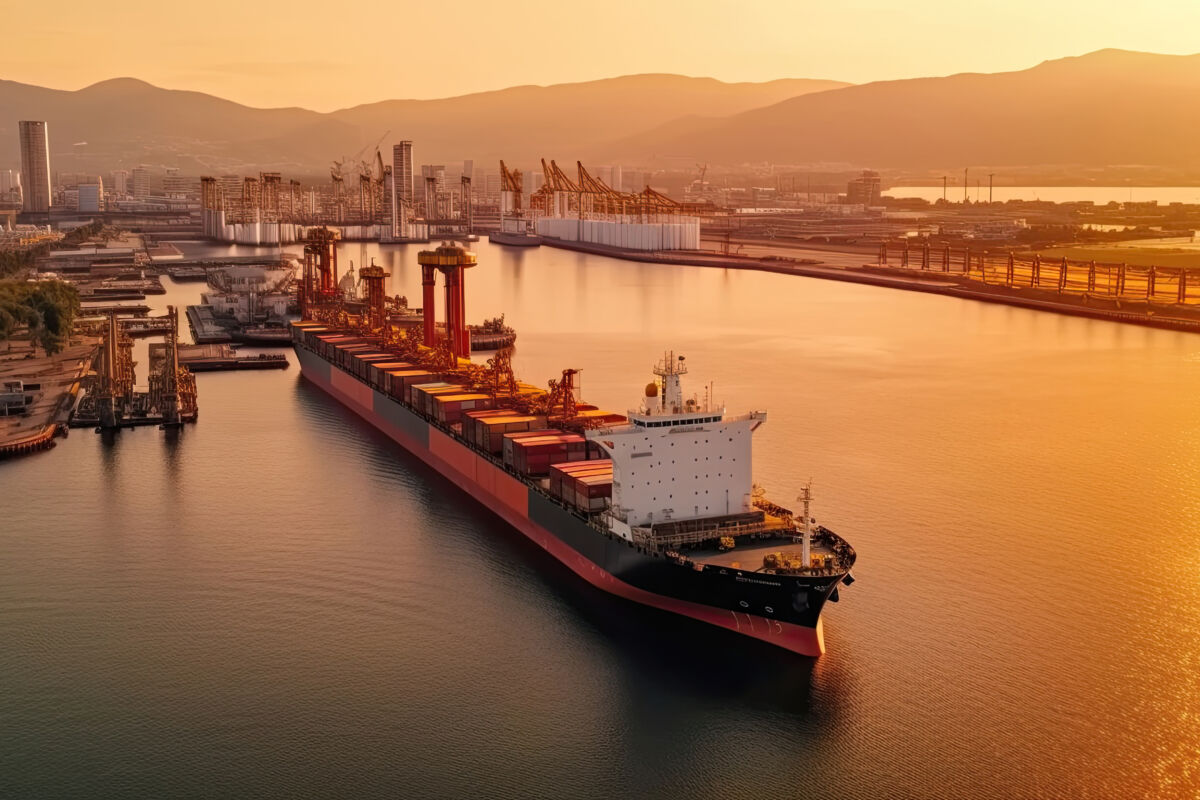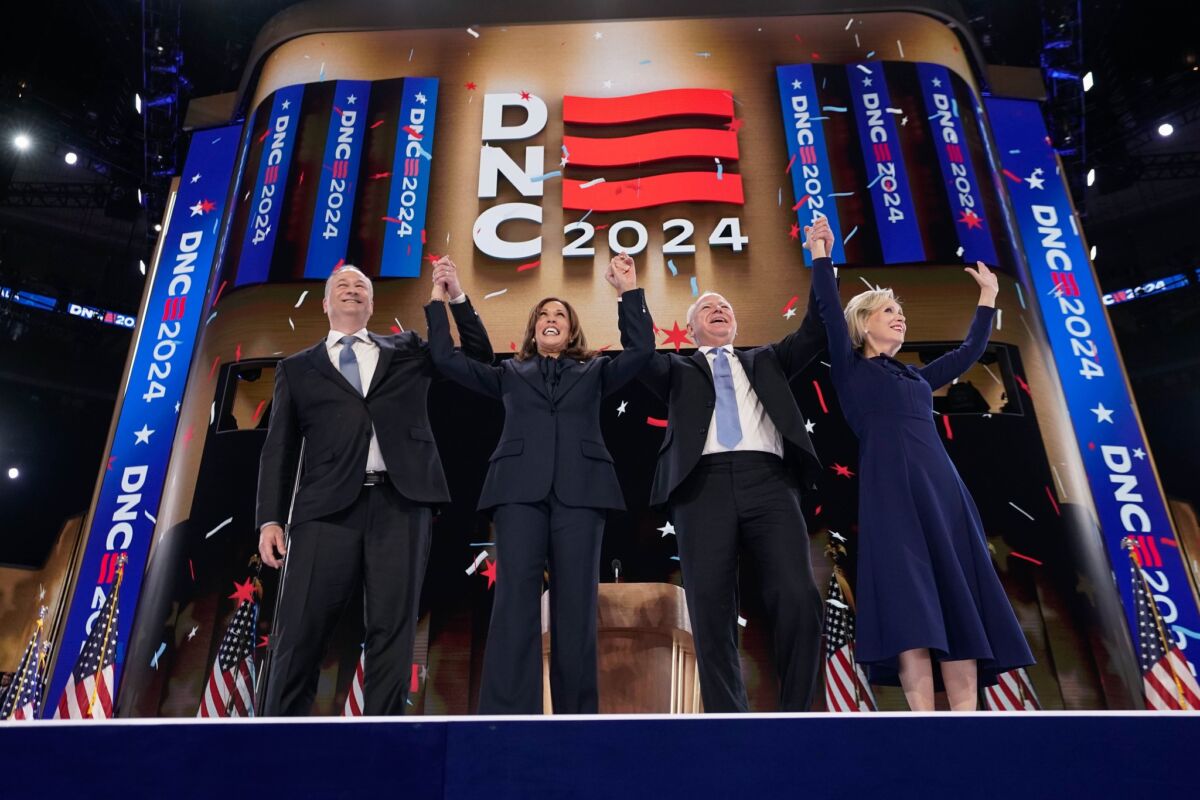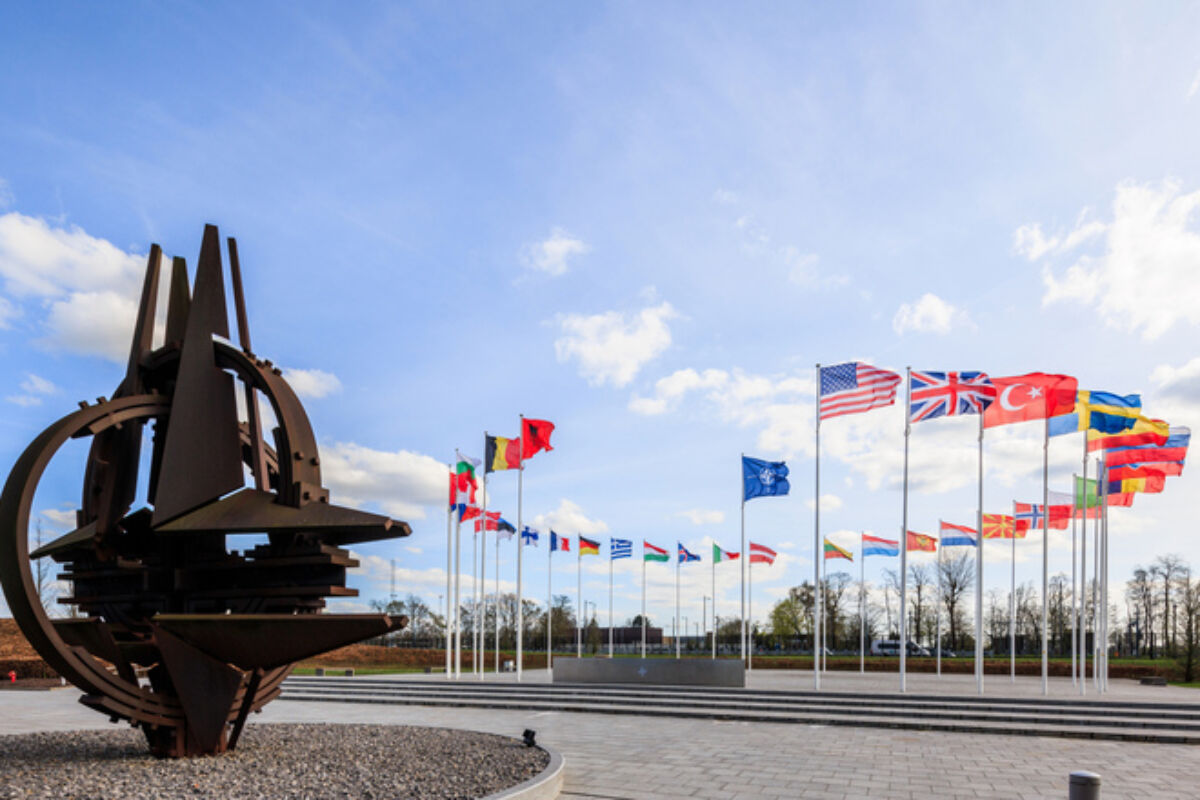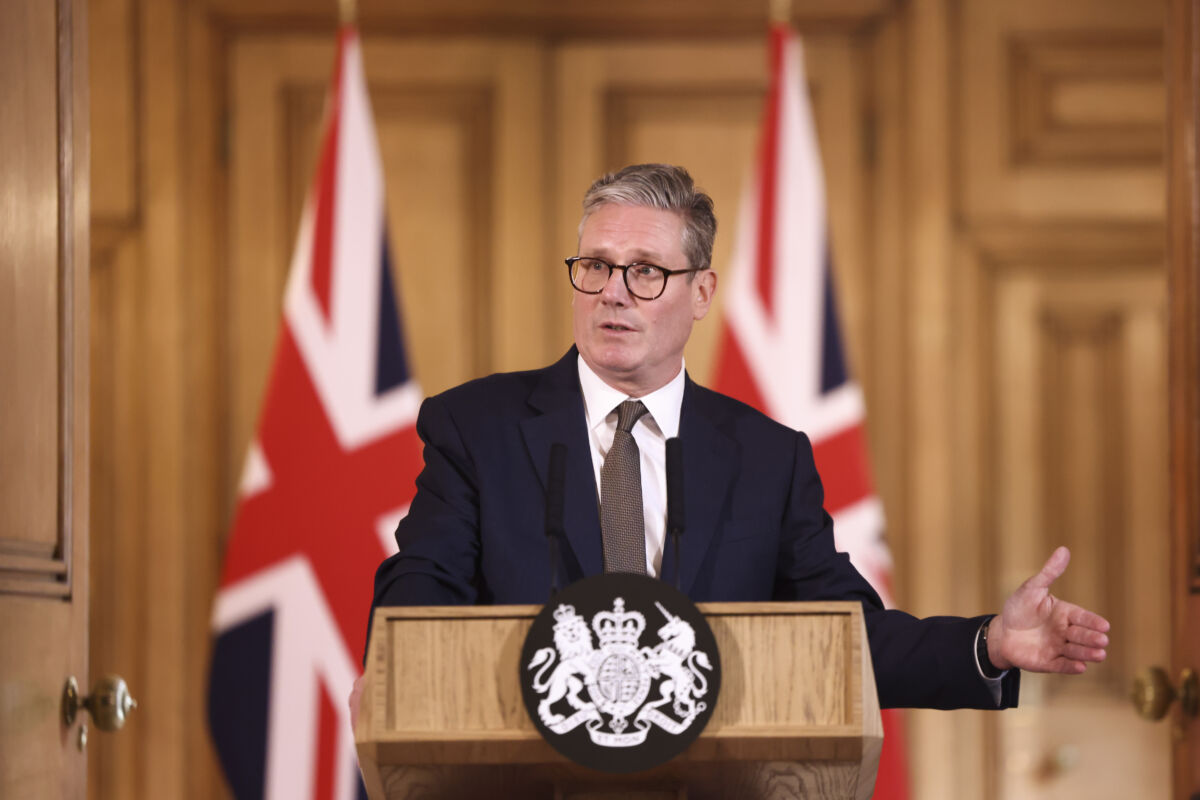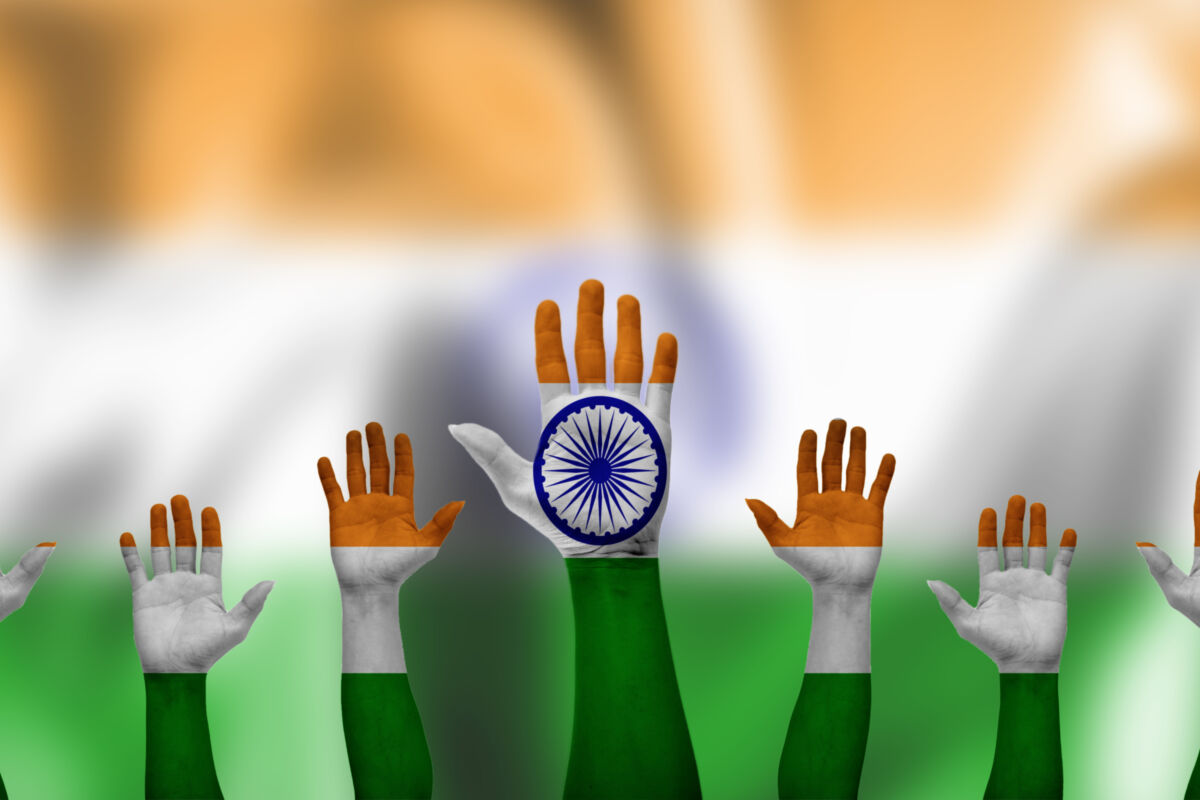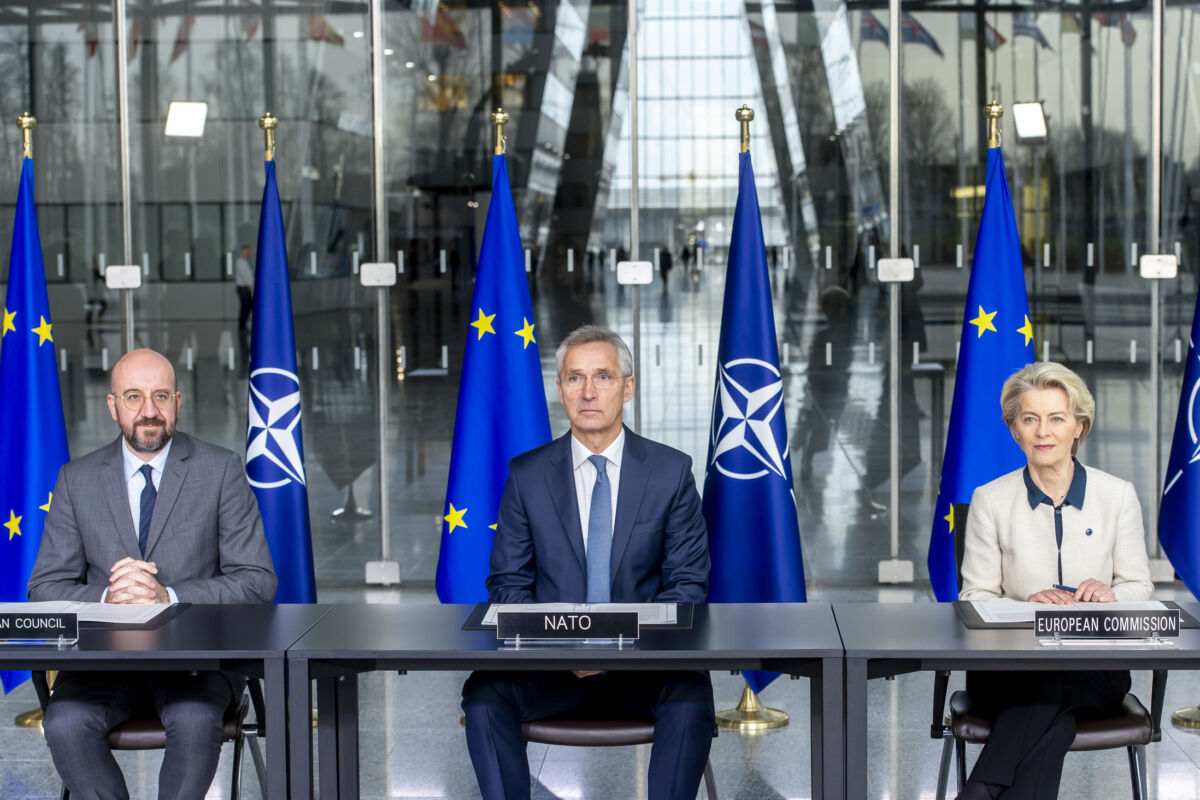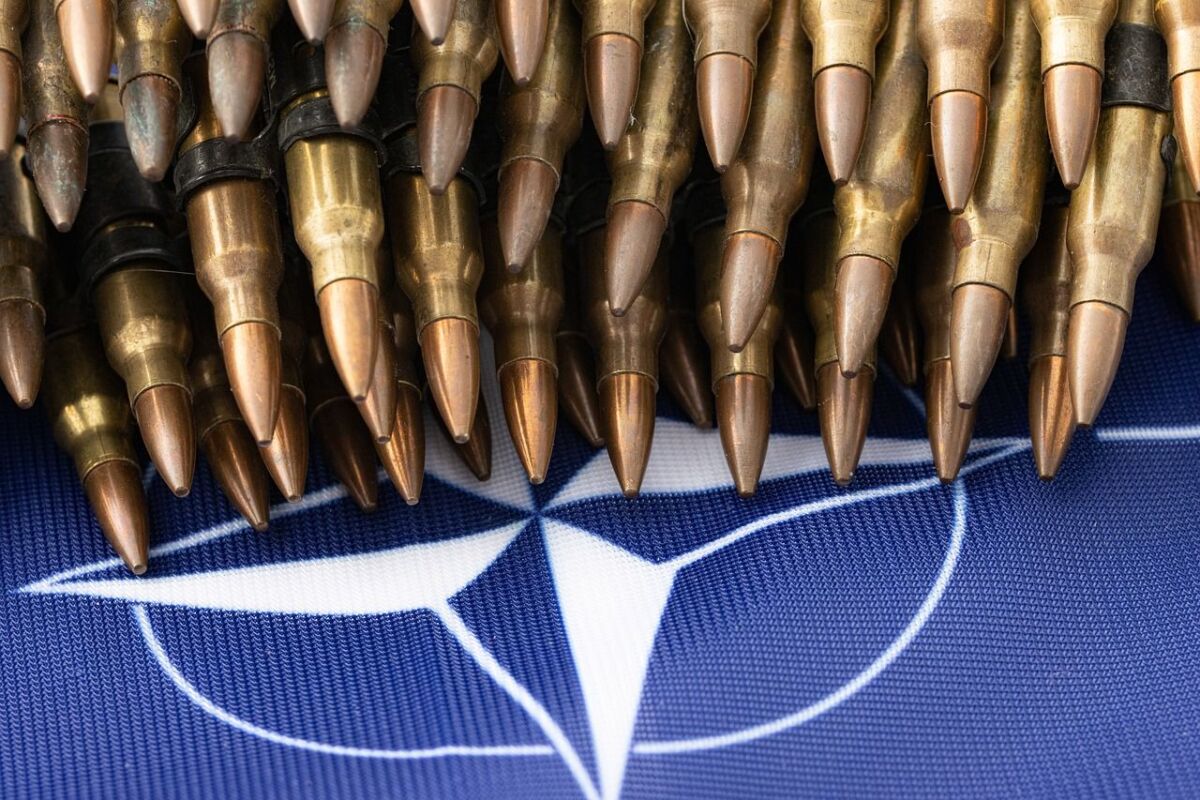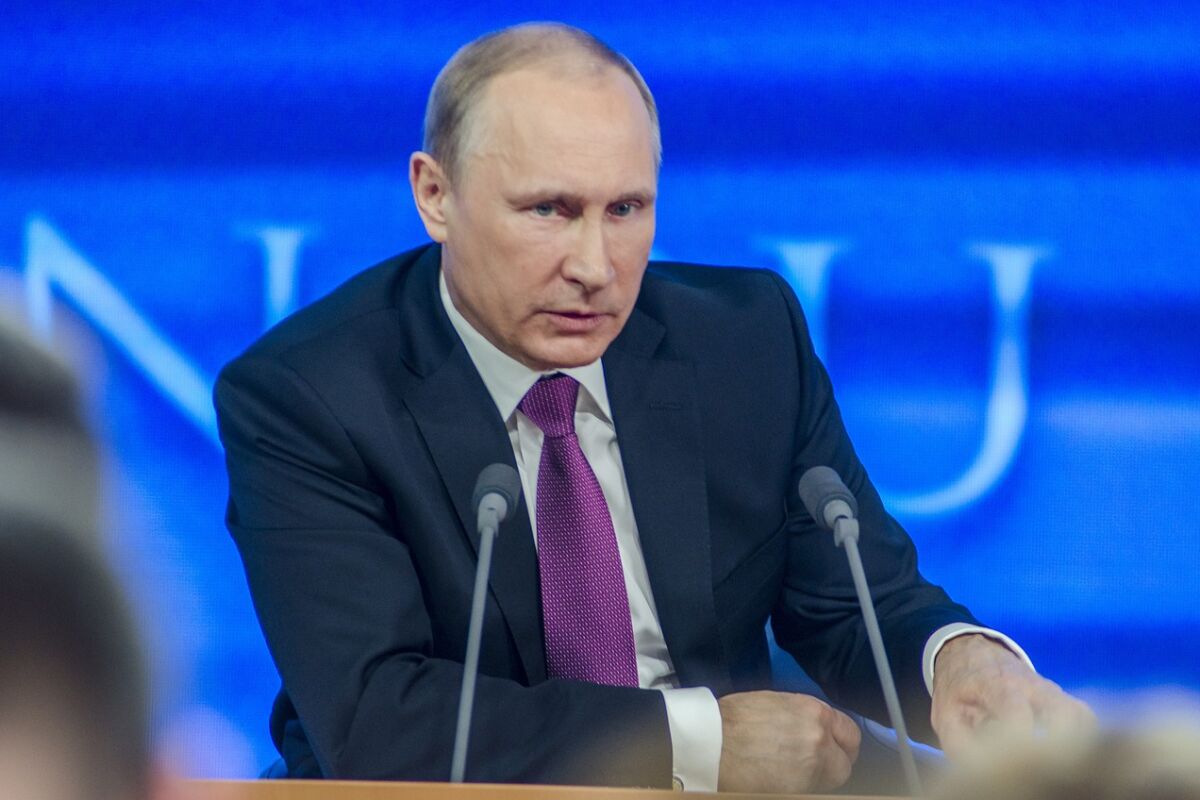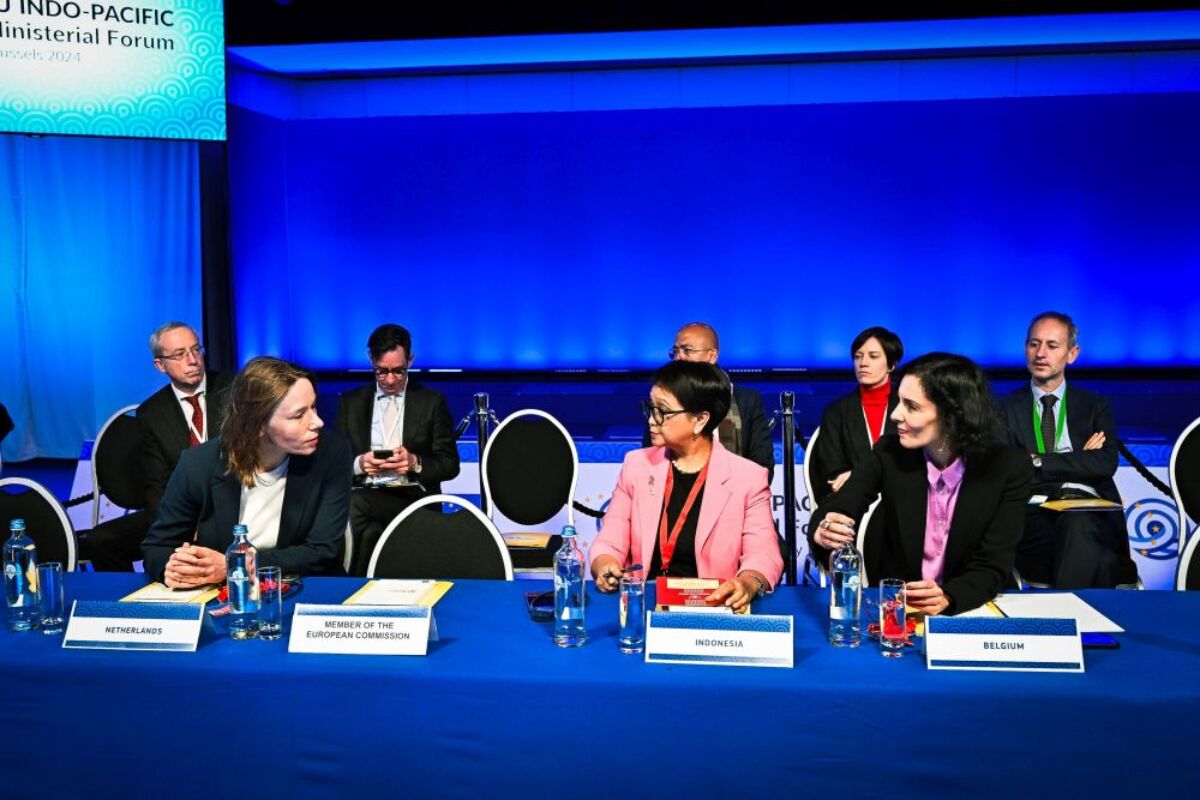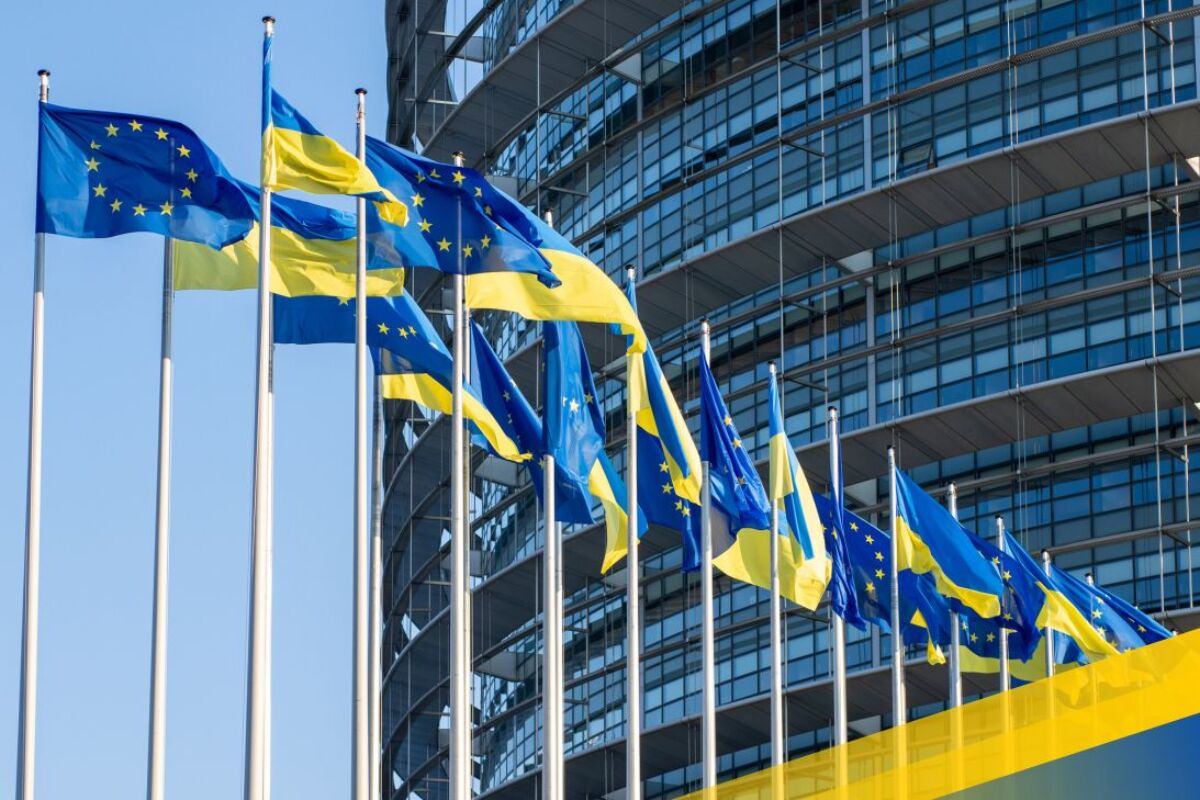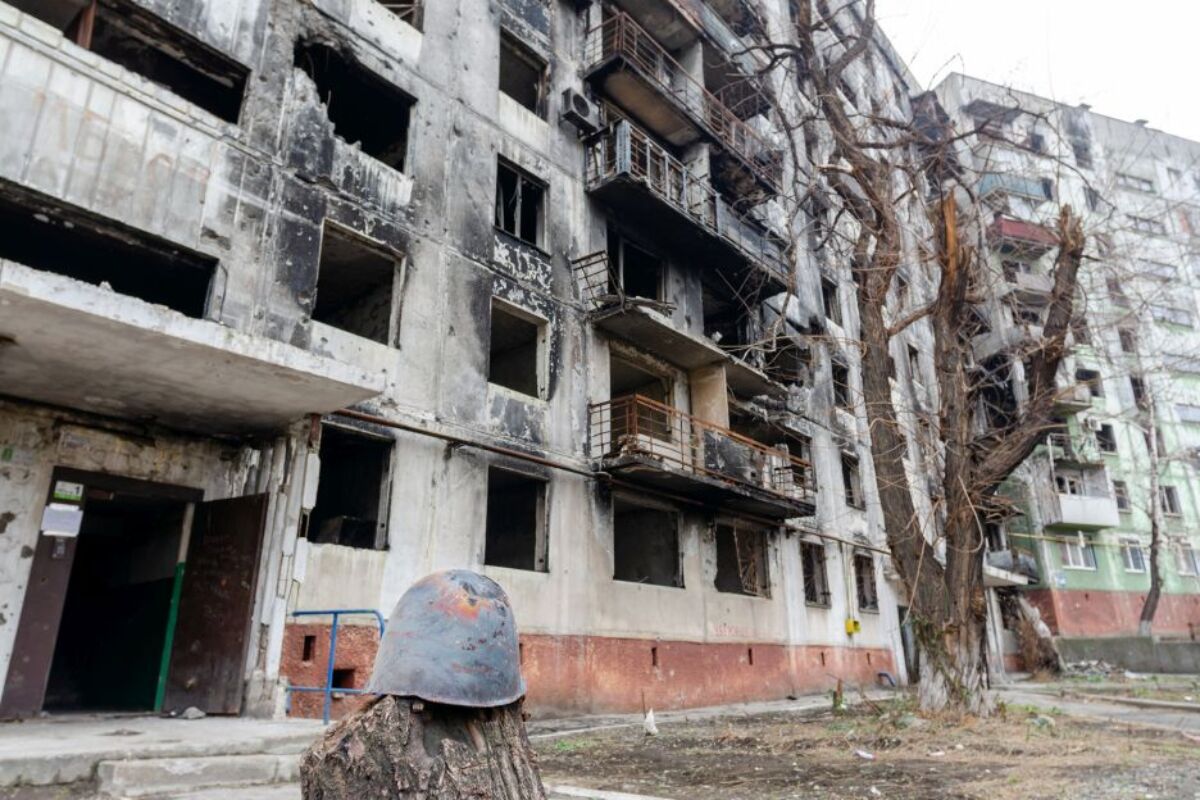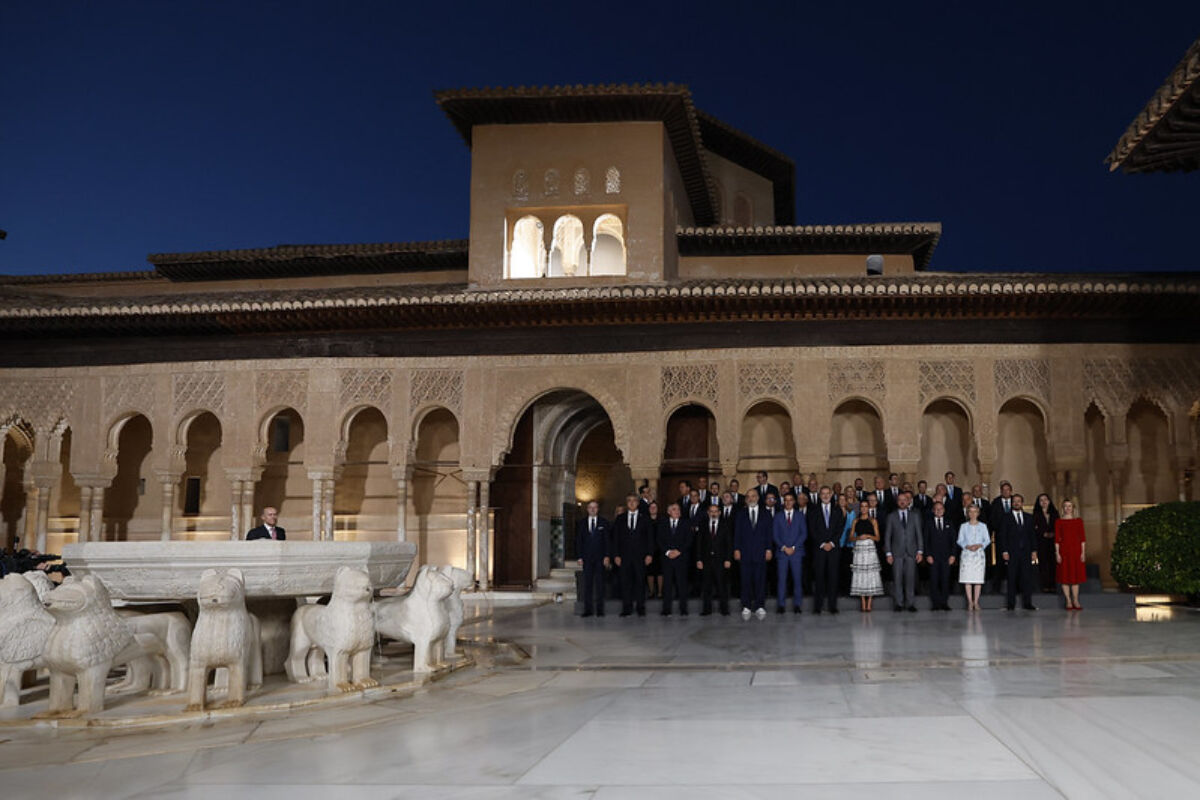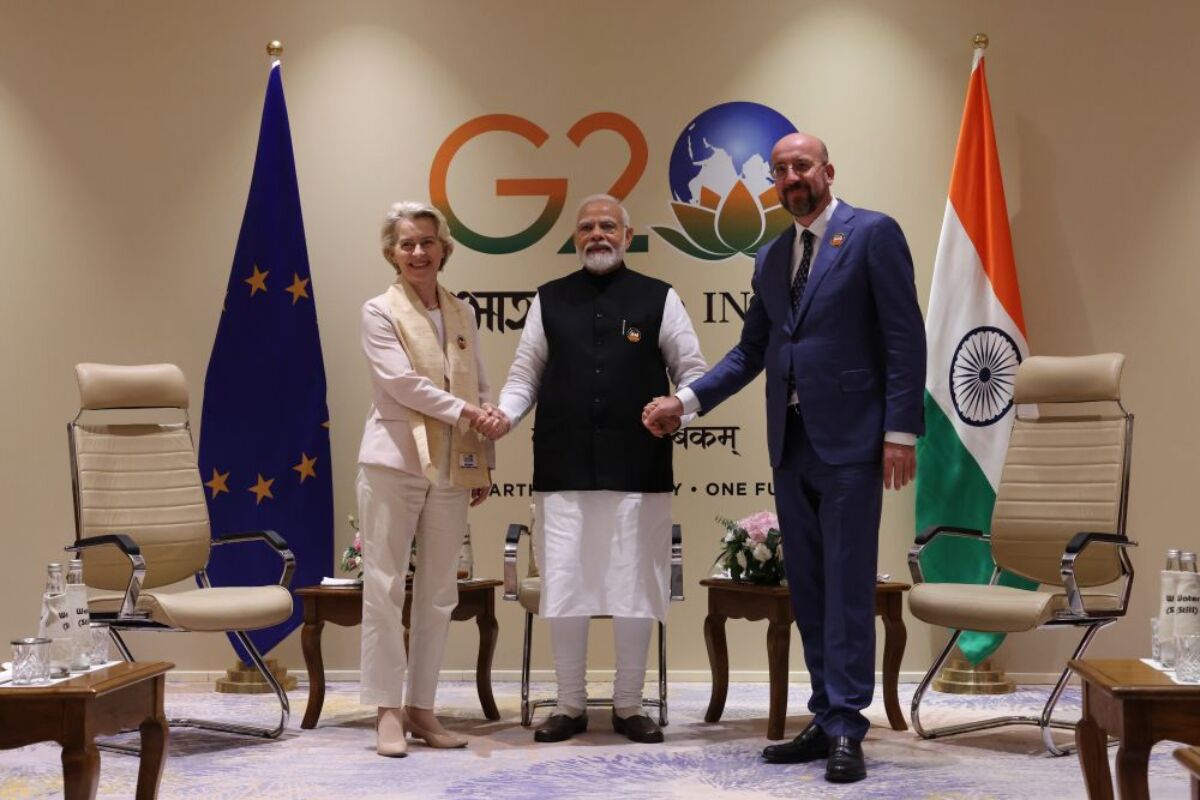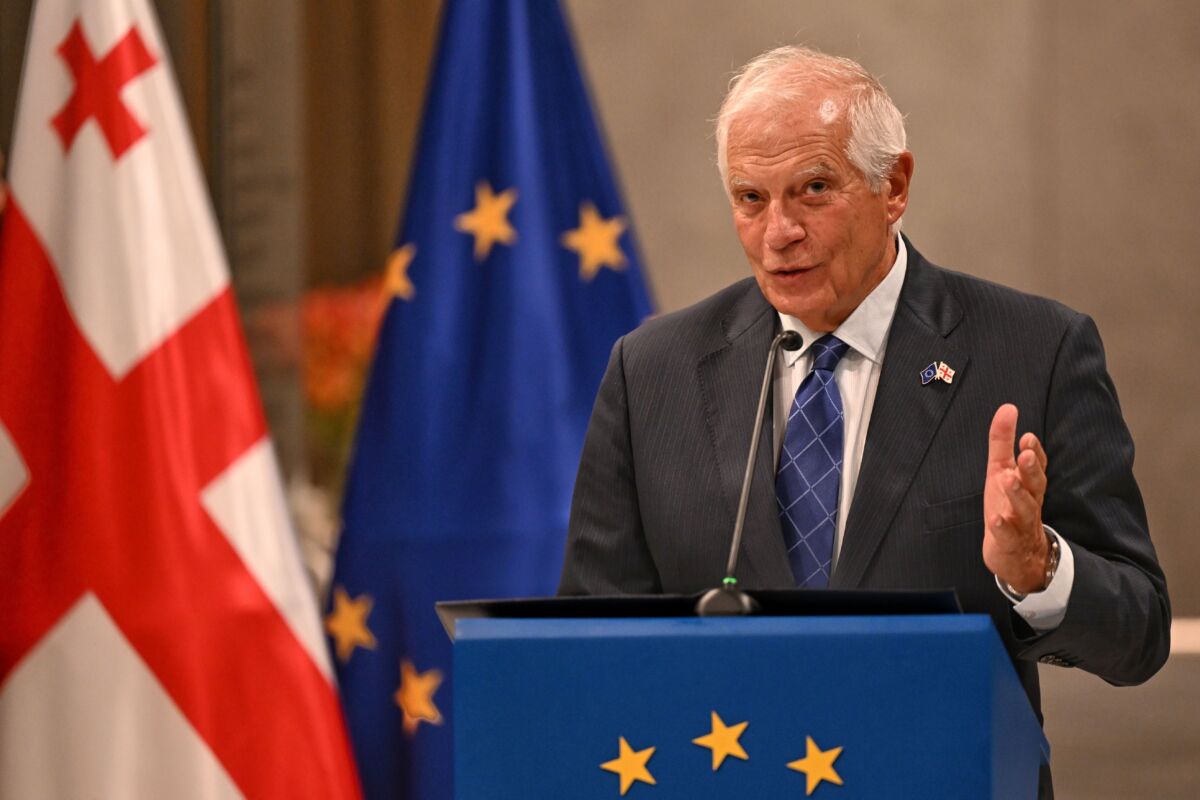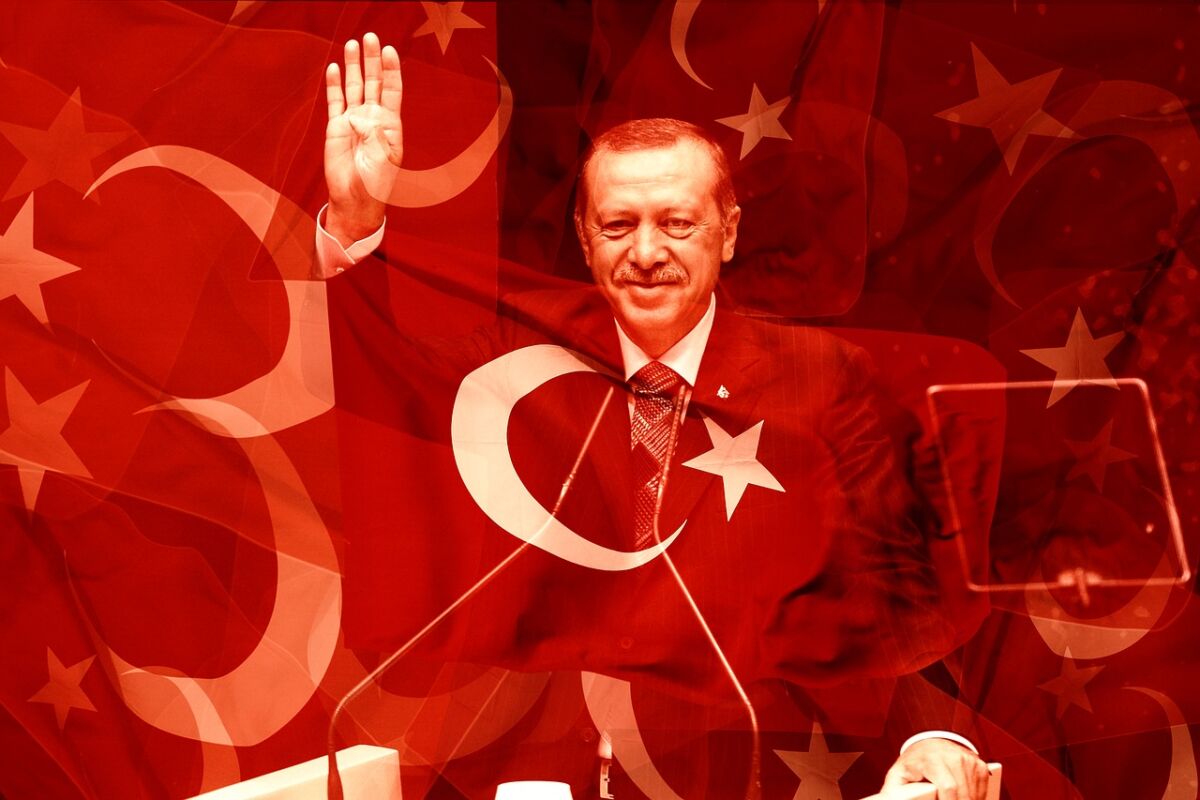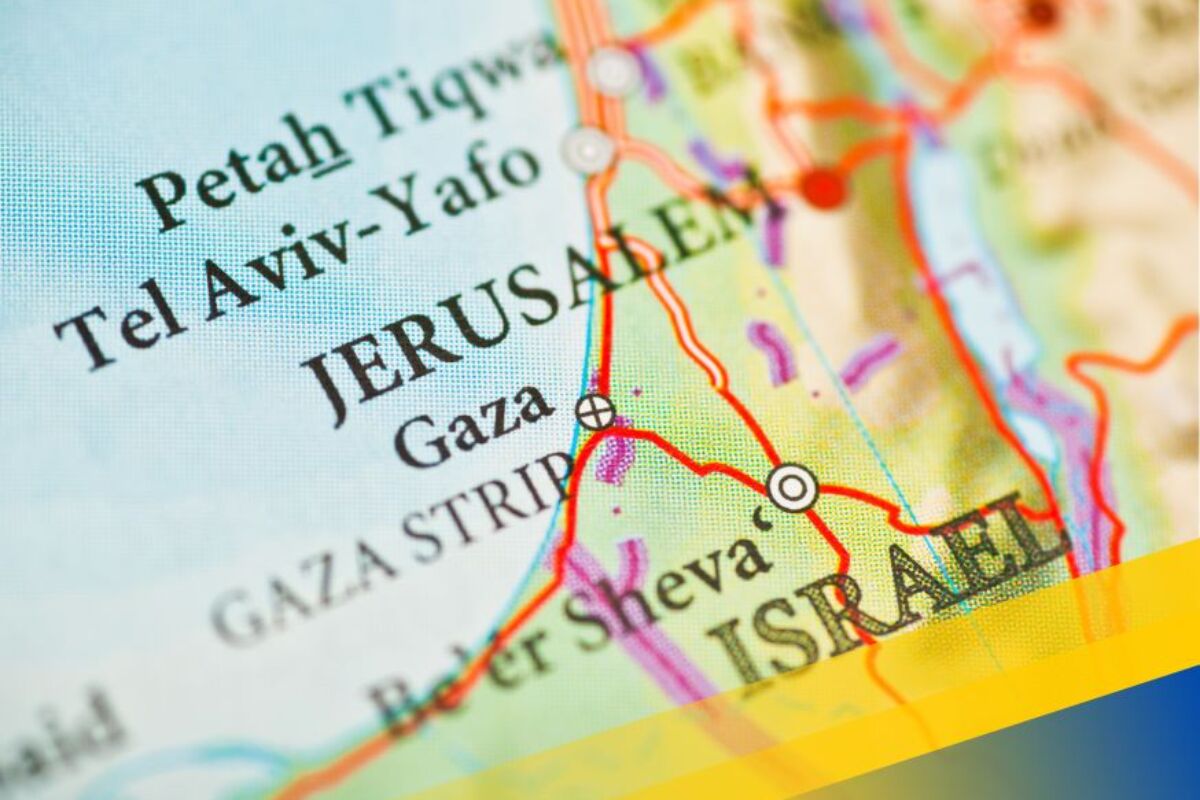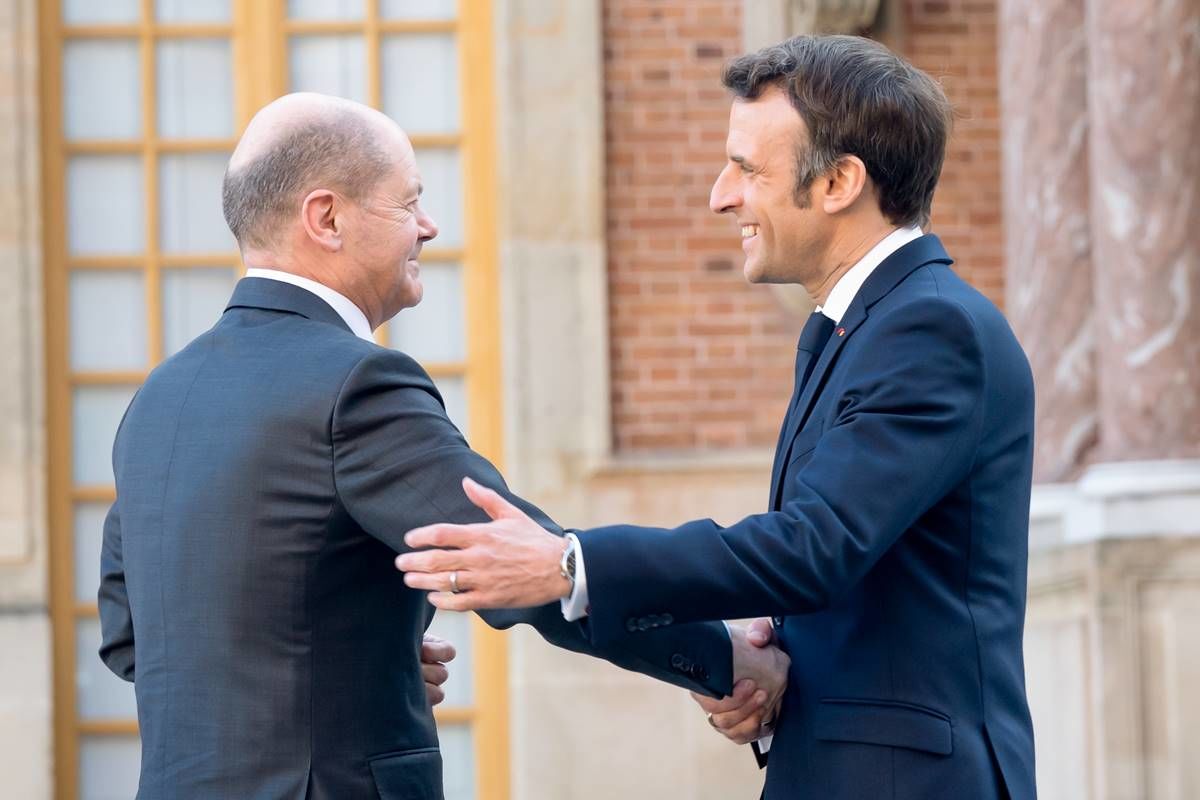The newly elected Indian government sworn in on 30 May 2019 is led, once again, by Narendra Modi from the Bharatiya Janata Party (BJP). The strong electoral support for the party means Modi will be far more powerful than he was during his first government, transitioning, as some say, from Modi-Ji (keeping stakeholders on side) to Modi-Xi (adopting an autocratic style).
But the international community is asking itself whether Modi will be capable of bridging the gap between his intentions and the capabilities of India. The EU could be the global partner India can count on to bridge the gap. Could reinforced partnership with the EU be the next stage?
The outcome of Indian elections
The second term of Modi’s government is a continuation of the first, with prominent BJP representatives occupying key positions once again. The 5 key players in the next government are; Amit Shah – former President of the BJP appointed as Ministry of Interior; Rajnath Singh – former Minister of Interior and BJP President and now heading the Ministry of Defence; Ram Madhav – ex-BJP Secretary-General appointed Minister for Employment Generation; Nirmala Sitharaman – former Minister of Commerce and new Minister of Finance; and Dr. Subrahmanyam Jaishankar – experienced diplomat and former global corporate affairs president at Tata Sons now appointed as Minister for External Affairs.
This hefty presence of BJP high-flyers is a natural outcome given the results of last April/May’s general elections to the Lok Sabha (the lower house of the Indian Parliament). For the second successive time, the BJP achieved a simple majority on its own. Modi was capable of attracting even more voters than in 2014 and the party captured 37% of the vote, an increase of 6%. With the majority premium granted under Indian electoral law when reaching 31% of votes, the party surpassed its tally of 282 seats in 2014 to win 303 out of 542.
Part of the increased support comes from women, especially in the poorest part of the country. The BJP had pushed schemes that won electoral favour, such as Swachh Bharat (clean India), which increased the number of toilets in the countryside, a dramatic improvement in quality of life for many, especially women who no longer need to wait for dusk to relieve themselves in the open, or the Ujjwala scheme, introducing gas cylinders for cooking as a substitute for animal dung, which reached almost 65 million people.
As opposed to the BJP, and despite anticipating a better result, the Congress party’s performance remained unchanged from 2014, obtaining 19% of votes. In consideration of what has been described by many as a defeat, Rahul Gandhi – the son of Sonia and Rajiv Gandhi – is considering his resignation. Unless his charismatic sister Pryanka decides to give into pressure and take up the leadership, the end of the Gandhi/Nehru dynasty could pave the way to a new era in Indian politics.
In a country in permanent campaign – the next State elections in Haryana and Maharashtra, with a total population of 140 million, will be held in September – elections are an expensive business, with costs possibly even overshadowing those in the US. And, as during 2014 campaign, the Indian diaspora played an important role in 2019.
These 30 million Indians constitute the largest and one of the wealthiest emigrant communities in the world, contributing nearly $70 billion per year in remittances and billions more in foreign direct investment (FDI), making India the largest recipient of private money transfers. Prime Minister Modi focused his soft power to an unprecedented extent on courting this tiny fraction of India’s 1.4 billion people. Members of the diaspora who have given up their Indian citizenship cannot vote. However, when mobilised, they have proven to be influential lobbyists that constitute a source of overseas party campaigning, technical expertise, and funds.
When skilfully activated – such as by the BJP – they can make an enormous impact. But whether Modi can leverage their support beyond helping him to victory is as yet unclear. There is no doubt that he has been capable of projecting a stronger image of India, asserting its role as a global power and capable of playing a vital role in the region and beyond. That is also what won the votes of the English-speaking upper middle class. However, despite his strong first mandate, he has not proved capable of delivering the necessary reforms the country so desperately needs. This risks making a mockery of his ambitions in foreign policy.
The months and years to come will be crucial in defining India’s global role. Let’s look at the biggest challenges for the new government.
Internal priorities
Internally, the most important is the economy. India’s growing population needs 12 million new jobs every year. However, the first Modi government was only able to create around 1 million over five years. Rising unemployment in a country under such demographic pressure will create trouble. If the gap is not bridged, it is estimated that by 2025 there will indeed be 100 million people unemployed in India.
Other urgent interventions include the reform of the bureaucratic system, if only to increase its size. For example, the number of employees in the tax administration for every thousand people is estimated at more than 260 times higher in the UK than in India, and even five times higher in Turkey. India also has a very limited external presence, with less than 1,000 diplomats abroad – similar in number to those of the Netherlands with a population of just 1% that of India. Moreover, the country’s police, judiciary, and bureaucracy have numerous unfilled vacancies. To a considerable extent, this is a consequence of India’s sizeable informal sector, including more than 80% of the country’s workers, which is unusually large for a major economy, and it limits the state’s ability to generate tax revenue.
The creation of the ministry of Water Resources is a welcome initiative in the right direction. Water is scarce and widely polluted, while the run-down state of the infrastructure loses an estimated 60% of water in transport – a serious problem for the whole country, and especially for its farmers.
Agriculture is one of the most problematic sectors of the Indian economy. While involving half the labour force, it only produces 12% of GDP. Beyond depleted water resources, the virtual inexistence of the welfare state coupled with the difficulty of access to credit (bank reform is indeed another urgent reform) make an explosive mix.
Regional foreign policy challenges
But internal challenges are not the only ones that the new Modi government will face. The geopolitical dimension will play a key role, especially as India seeks to project itself onto the global scene.
To assert its importance as a regional power, Indian Foreign Policy is shifting south east. When India looks west, it is obstructed by Pakistan, while towards the east it is challenged by China. Moreover, unconditional US support can no longer be considered a certainty. India is therefore reinforcing its alliances through investment into a number of regional institutions, such as ASEAN, BIMSTEC, SAARC, QUAD, SCO, and the Asia-Africa Growth Corridor, allowing India to nurture strong partnerships with neighbouring countries (above all Bhutan, Nepal, Sri Lanka, Afghanistan, Myanmar, Bangladesh, Thailand and Maldives), while reinforcing partnerships with other regional powers such as Japan and Australia.
Relations with China will continue to be governed by the 3 Cs: Conflict (especially along territorial lines of control), Competition (in relations with countries which once belonged to an exclusively Indian sphere of influence) and, above all, Cooperation. All 3 Cs are equal driving forces in Indo-Chinese relations.
Relations with the EU
In this context there is a serious opportunity for the EU to become the global partner India is looking for, and, above all, can count on. The next couple of years will be crucial for their 15-year-old strategic partnership to finally reach maturity.
The EU is India’s leading trading partner. This dynamic economic relationship has focussed Indian attention on EU-India bilateral relations as mostly a business opportunity. But the rewards could be so much wider.
The EU has already demonstrated its readiness to move relations forward with a number of political initiatives, such as by adopting the EU Connectivity Strategy for Asia and the EU Strategy for India in 2018. By appointing a security attaché to the EU Delegation in Delhi, it sent the signal that the EU can also become the security interlocutor Delhi has been calling for. The scope for security cooperation amongst the two blocks is mutually recognised as underdeveloped, and yet promising, as the newly established maritime security dialogue has demonstrated.
Now the new Indian establishment needs to up its game.
This article has been written with the contribution of Mridvika Sahajpal.






